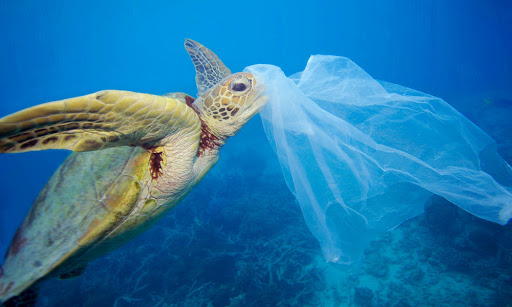Replacing Single-Use Plastics in the Retail Supply Chain

It’s common knowledge at this point that the fashion industry produces an excessive amount of waste and is a major contributor to the current environmental crisis the world is facing. The face of this problem is the overproduction of garments through environmentally irresponsible processes. The International Union for the Conservation of Nature claims that 15 to 30 percent of the plastics found in our oceans come from the microfiber runoff of producing garments with artificial fabrics. The abundance created by the Fast Fashion boom is another problem all together. The aftereffect of this overproduction is “almost 65 percent of all garments end up in landfill or are incinerated, releasing toxic chemicals as just 1 percent are recycled,” according to Wrap (Waste and Resources Action Programme).
Addressing production waste as well as creating a cyclical ecosystem where worn-out or unwanted garments can be recycled into new garments has been the two major focal points for the industry thus far. Burberry announced in September 2018 that they would stop burning their leftover stock at the end of each season. Brands like Adidas and J. Crew are making products from post market materials. H&M offers bins where customers can drop off used clothes rather than throw them in the trash. Transparency is quintessential to any efforts made by fashion brands to improve environmental responsibility. Despite any claims of morality and ethics, any moves toward environmental accountability are PR and marketing decisions made by capitalist businesses. The market follows the consumer and fashion brands are only becoming more environmentally conscientious because their clientele are.
These incremental changes are encouraging and appear to be snowballing as positive public feedback increases. A trillion dollar industry with global supply chains cannot change overnight but a concerted effort is being made. However, there is still a major area of waste in the industry that remains opaque to the public and has been virtually ignored by the media: the use of plastic in product distribution. The gap between production and consumption, when the garments belong to and are moved around by the company, is plagued by excessive use of single-use plastics.
